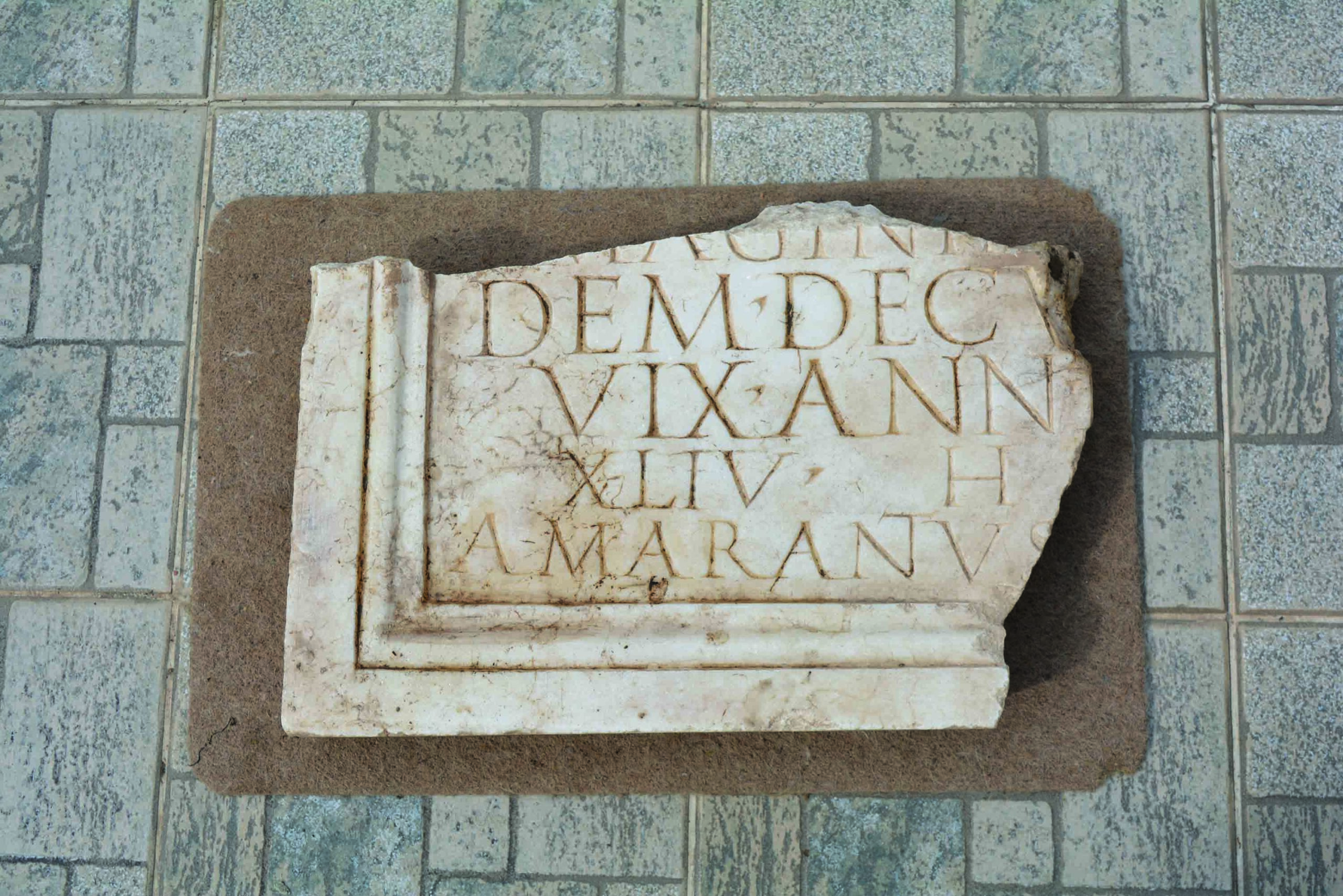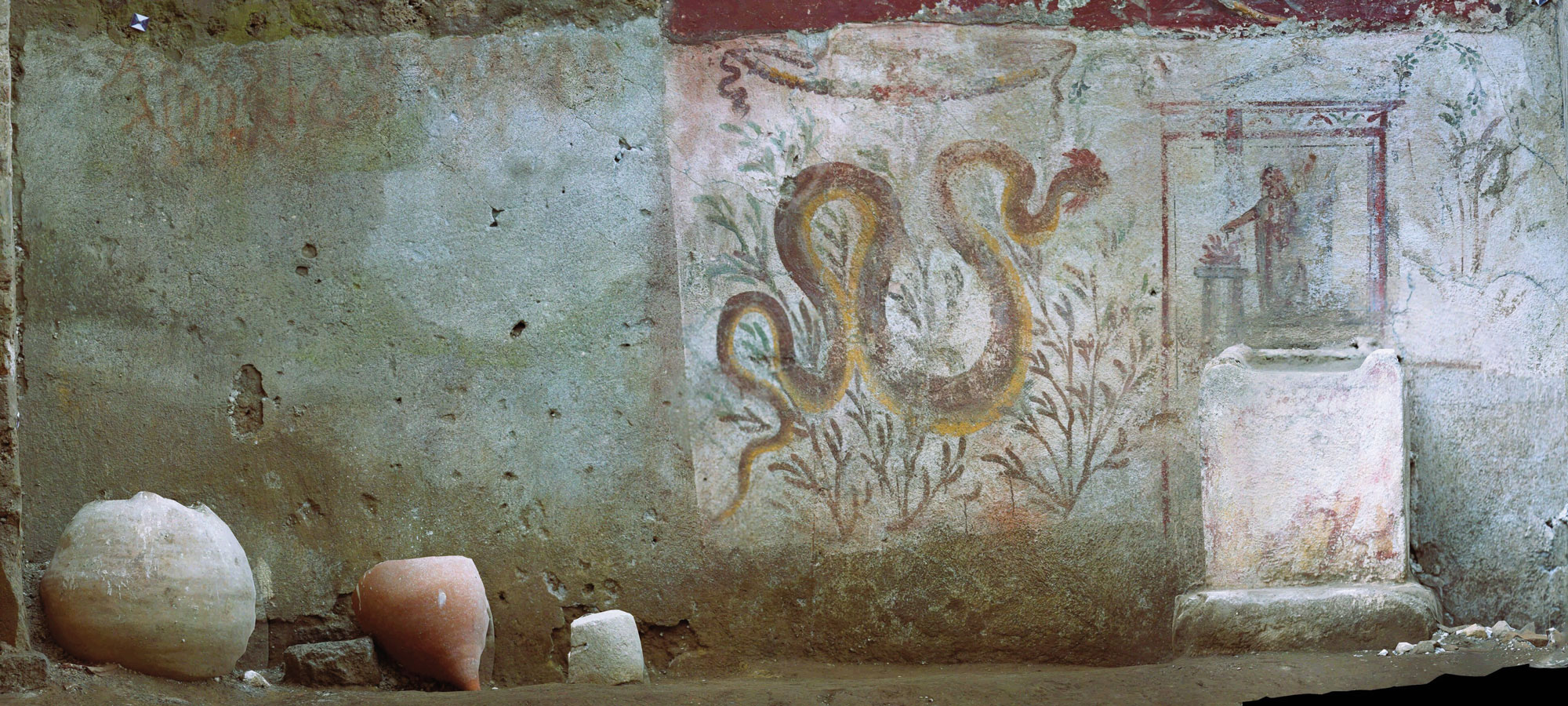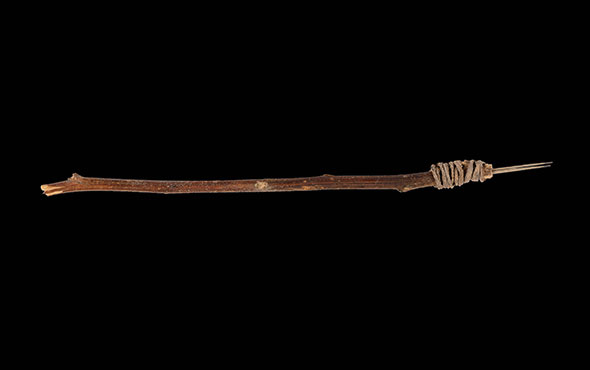SVISHTOV, BULGARIA—Archaeology in Bulgaria reports that the head from a small statue of a child dating to the third century A.D. and a chamber pot were unearthed at the site of the ancient city of Novae during excavations led by Pavlina Vladkova of the Veliko Tarnovo Regional Museum of History. Two other carvings similar to the head have been previously found at the site, and are thought to have been part of statues depicting playing children, Vladkova said. The chamber pot measures nearly two feet deep, has a stable bottom, and was found in a Roman villa, in an area where the bedrooms are thought to have been located. Three other chamber pots have been recovered from the structure, but this one is smaller, Vladkova explained, and may have been used by children. A latrine at the villa was connected to several canals with a pipeline, she added. The city of Novae was founded as a Roman military camp at the southernmost point of the Danube River in A.D. 69, and was occupied into the seventh century, when it was destroyed by invading Avars and Slavs. To read about a discovery at a Roman villa in Bulgaria, go to “Mirror, Mirror.”
Roman Sculpture and Chamber Pot Unearthed in Bulgaria
News July 1, 2019
Recommended Articles
Digs & Discoveries March/April 2021
A Dutiful Roman Soldier


Off the Grid May/June 2024
Lixus, Morocco

Digs & Discoveries May/June 2024
Pompeian Politics

-
Features May/June 2019
Bringing Back Moche Badminton
How reviving an ancient ritual game gave an archaeologist new insight into the lives of ancient Peruvians
 (Courtesy Christopher Donnan, Illustration by Donna McClelland)
(Courtesy Christopher Donnan, Illustration by Donna McClelland) -
Features May/June 2019
Inside King Tut’s Tomb
A decade of research offers a new look at the burial of Egypt’s most famous pharaoh
 (Courtesy Factum Arte)
(Courtesy Factum Arte) -
Letter from the Dead Sea May/June 2019
Life in a Busy Oasis
Natural resources from land and sea sustained a thriving Jewish community for more than a millennium
 (Duby Tal/Albatross/Alamy Stock Photo)
(Duby Tal/Albatross/Alamy Stock Photo) -
Artifacts May/June 2019
Ancestral Pueblo Tattoo Needle
 (Robert Hubner/Washington State University)
(Robert Hubner/Washington State University)



